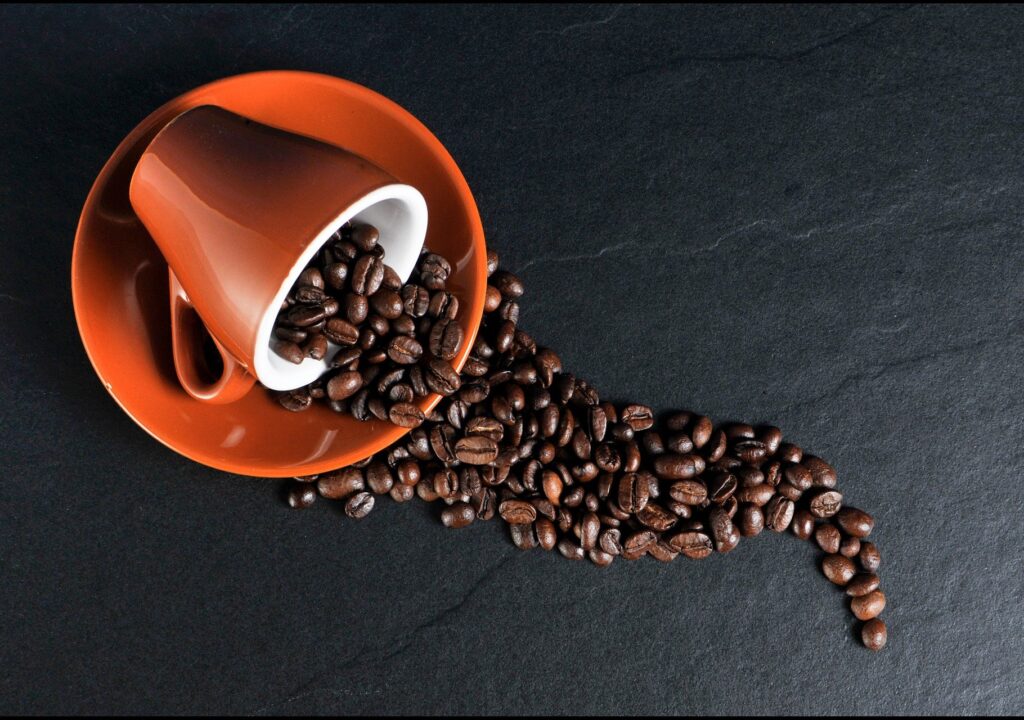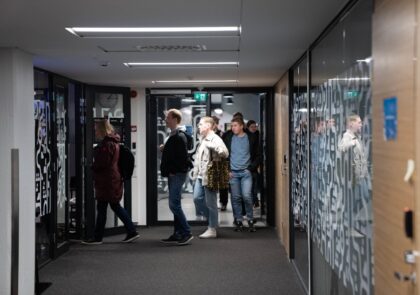
We see that the world is struggling with our lifestyle. We are using more resources than we could, to sustain the globe. We need to make sustainable choices as consumers at least to do our part. At the same time, inflation is weakening the worth of money. We need to make sustainable choices at affordable prices. Great power comes with great responsibility. The more resources you have, the more conscious you need to be.
Author: Kati Jaakkola
What is a sustainable supply chain?
The natural environment has been used as a resource to give many corporations the possibility to operate. The use of resources has not been beneficial to nature but has made industrial and commercial supply chains work. The use of natural resources has extended. Being part of the ecosystem is at the same time destroying their environment and making life intolerable. (Sarkis 2019, 1).
Is it a choice between sustainability and affordability?
As a consumer, cognitive decision-making is one thing to understand. Persons values, habits, behavior, and motivations influence decision-making on an individual level. (Sarkis 2019, 5).
Inflation is making everyday products more expensive. The price of oil has been rising since the end of 2021 and we can see grocery prices in supermarkets ascending weekly. Before the rise in inflation, the decision to buy organic food or pick the most sustainable choice out of the supermarket was easy. You consider the price tag twice when prices go up, don’t you?
According to YLE (2022), research by Tilastokeskus says that wage earners’ income dropped between April and June by 5% compared to the year 2021 in Finland. We have seen the same kind of dramatic drop during the 1970s.
Taloustutkimus (2022) announced that according to research, the rise in price influences grocery buying habits among Finnish consumers. The actions against rising prices among the consumers are replacing the food products with cheaper ones or picking some sale products. The more expensive quality brands will not be bought, instead more private label products will be used. Some consumers are thinking of taking advantage of night-time sales. The top five products that will be changed into cheaper ones are meat or meat products, coffee, fish or fish products, cheese, and bread. Consumers are doing more beforehand planning with their grocery shopping trying to avoid impulse buying.
Locally grown organic meat is expensive and at the same time sustainable choice. There is no need to transport the meat from far away countries, no need to freeze it to facilitate processing in logistics hubs or warehouses along the way. Local food can be bought from farms or next-door supermarkets. The same goes for local fish or locally baked bread.
We have seen coffee packages that state organic and provide information about values like Fair Trade. There is always another cheaper option on the self not making statements about sustainability or values behind the supply chain. That does not necessarily mean that those products are less sustainable, but most often, if an effort has been made to produce a product sustainably, it is also published in the package.
Estimations say that coffee consumption will keep on growing, and at the same time, the plantation is becoming more challenging. 68% of coffee’s total climate impact originated from a coffee plantation. Another major part of climate impact is coffee waste poured down the drain. (Natural Resources Institute Finland (Luke) 2022.)
There is something consumers can do
Research made by the Natural Resources Institute of Finland (Luke) in collaboration with the Finnish coffee company Paulig was to find out the amount of coffee waste in Finland. The result was interesting, after vegetables and fruits, coffee is the third biggest food in the waste category. There were significant differences between households. 2,5 liters of coffee is wasted by an average consumer in Finland. 16% of households generating the most food waste were pouring 13 liters of coffee per person yearly. What a waste.
The research was done by quantitative survey with around a thousand answers. Out of those, some 250 households were selected to keep a two-week diary. Households taking part in the diary study were diverse households from all over the country. The participants did not need a kitchen scale or other measuring equipment. Instead, they used an online application called Hukka (hukka means a loss in Finnish). With the application, users were able to use various measurement units. (Natural Resources Institute Finland (Luke) 2022.)
The results confirmed that the amount of food waste is in line with the amount of coffee waste. After the results were published, Paulig invested more resources in making people appreciate coffee more. (Natural Resources Institute Finland (Luke) 2022.) Considering the long and complex supply chain before the coffee beans are turned into a nice, refreshing cup of coffee, you need to appreciate the substance and the effort put into it.
The easiest way for a consumer to keep the value of money is to start updating the use of food. Food waste is waste. A lot of effort has been put in, before the grocery or a food product is in the supermarket or market square. The plant has been grown, it has been handled several times, transported, possibly stored, and then distributed to the nearby supermarket. Your job as a consumer is to make a sustainable choice and buy only what you need, take care of the food product and store the product accordingly, prepare it with a gentle touch and enjoy it with pleasure.
References
Natural Resources Institute Finland (Luke). 2022. Unique research revealed that significant amounts of coffee go to waste. Cited 28 Aug 2022. Available at https://www.luke.fi/en/services/references/unique-research-revealed-that-significant-amounts-of-coffee-go-to-waste
Taloustutkimus. 2022. Ruoan hinta nousee, miten vastaa kuluttaja? Cited 28 Aug 2022. Available at https://www.taloustutkimus.fi/ajankohtaista/uutisia/ruoan-hinta-nousee-miten-vastaa-kuluttaja.html
Sarkis, J. 2019. The Handbook on the Sustainable Supply Chain. Cheltenham: Edward Elgar Publishing. Cited 14 Aug 2022. Available at https://lut.primo.exlibrisgroup.com/permalink/358FIN_LUT/b5ag28/alma991882573906254
YLE. 2022. Monelle tulee lähes 1000 euron “huomaamaton” lisäkulu tänä vuonna – Tilastokeskuskin ihmeissään: Ostovoima kapenee huolestuttavaa vauhtia. Cited 4 Sep 2022. Available at https://yle.fi/uutiset/3-12593753
Author
Kati Jaakkola works as a senior lecturer at LAB University of Applied Sciences.
Illustration: https://pixabay.com/fi/photos/kahvia-kahvipavut-kuppi-kahvikuppi-171653/ (CC0)
Published 27.9.2022
Reference to this article
Jaakkola, K. 2022. Sustainability – the impact of consumer choices. LAB Pro. Cited and date of citation. Available at https://www.labopen.fi/lab-pro/sustainability-the-impact-of-consumer-choices/






